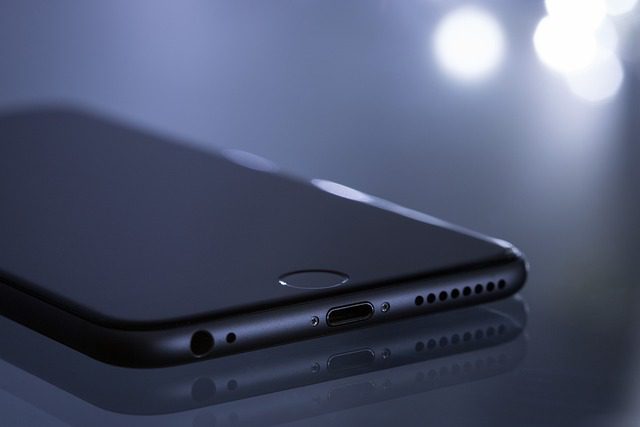
Apple, a vanguard in innovation, has recently confronted a formidable challenge: a zero-day vulnerability within their groundbreaking product, the Apple Vision Pro. This vulnerability, known as CVE-2024-23222, threatened to undermine the security and trust in the nascent realm of mixed reality.
Identified as a WebKit confusion issue, CVE-2024-23222 presented a menacing possibility for attackers to execute arbitrary malicious code on devices running the vulnerable visionOS. This exploit could be triggered simply by opening a malicious web page, turning every click into a potential hazard.
The exploitation of this vulnerability signified more than just a technical flaw; it posed a direct threat to the personal security of users. The ability to execute arbitrary code on a device could lead to data breaches, privacy violations, and a host of other cybercrimes.

“Processing maliciously crafted web content may lead to arbitrary code execution. Apple is aware of a report that this issue may have been exploited,” Apple said.
On January 22, 2024, the tech giant released updates across its ecosystem – iOS 16.7.5 and later, iPadOS 16.7.5 and later, macOS Monterey 12.7.3 and higher, tvOS 17.3 and later. Today, Apple released visionOS 1.0.2 to patch this flaw. These updates were designed to introduce improved checks and balances, fortifying the devices against this newfound threat.
At the heart of this security update lies visionOS, the operating system tailor-made for Apple Vision Pro. Launched in February 2024, the Apple Vision Pro is not just a gadget; it’s a gateway to a new wave of immersive experiences.
While Apple has acknowledged the exploitation of this vulnerability, the company remains tight-lipped about the specifics of the attacks. The origin of CVE-2024-23222, too, remains a mystery, with no attribution to any security researcher as of yet.